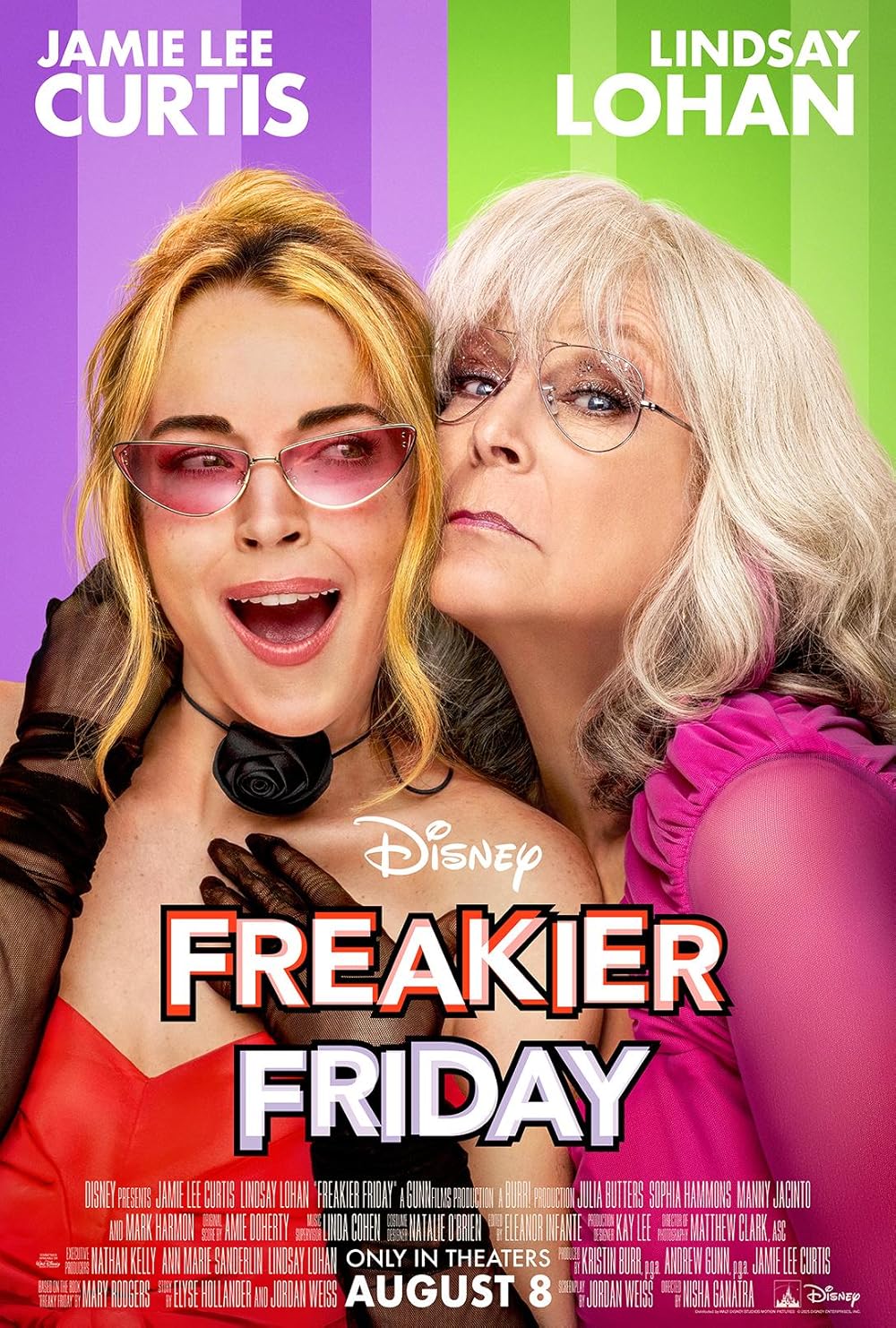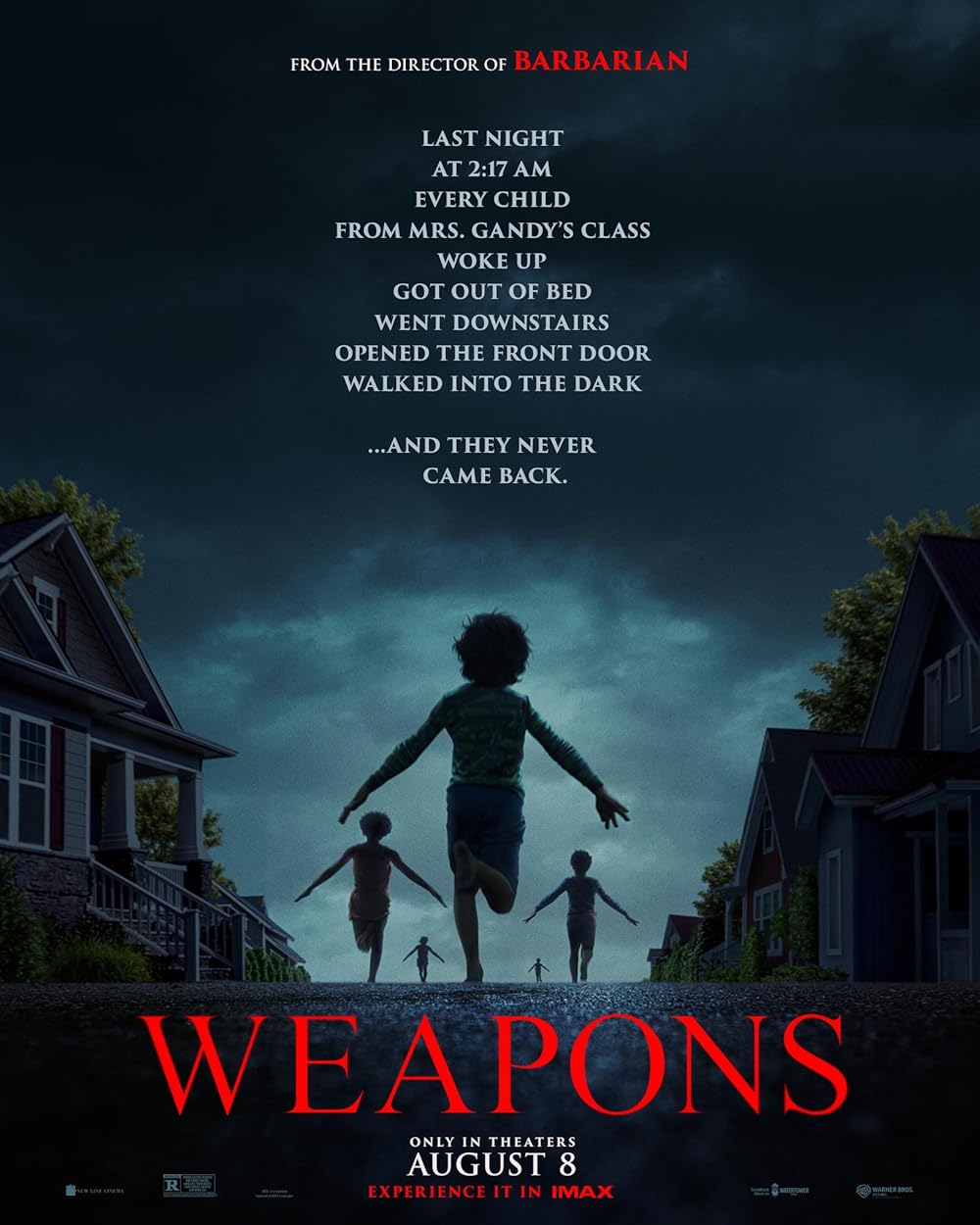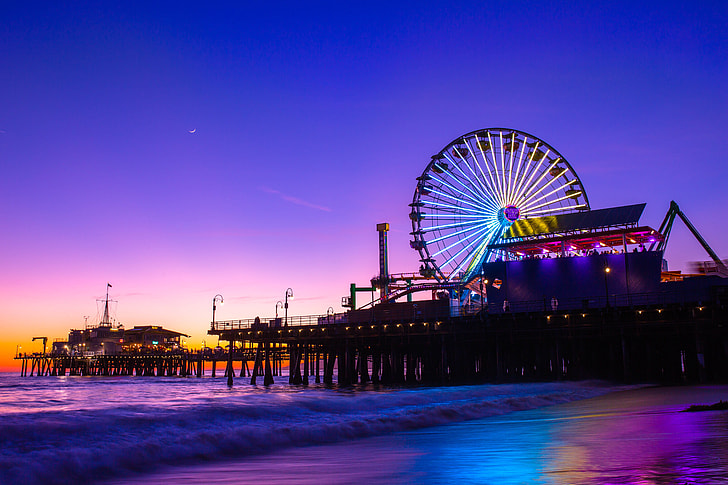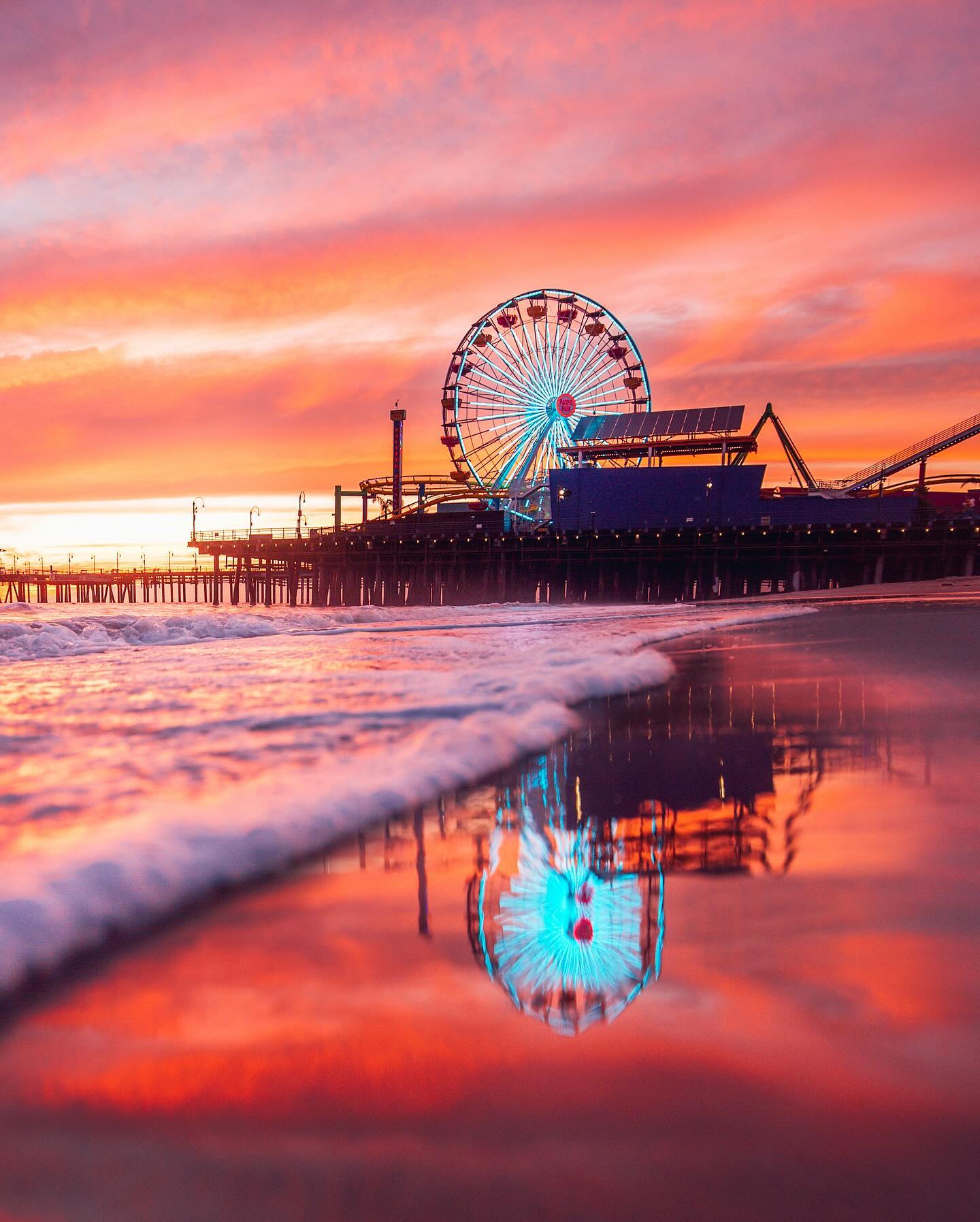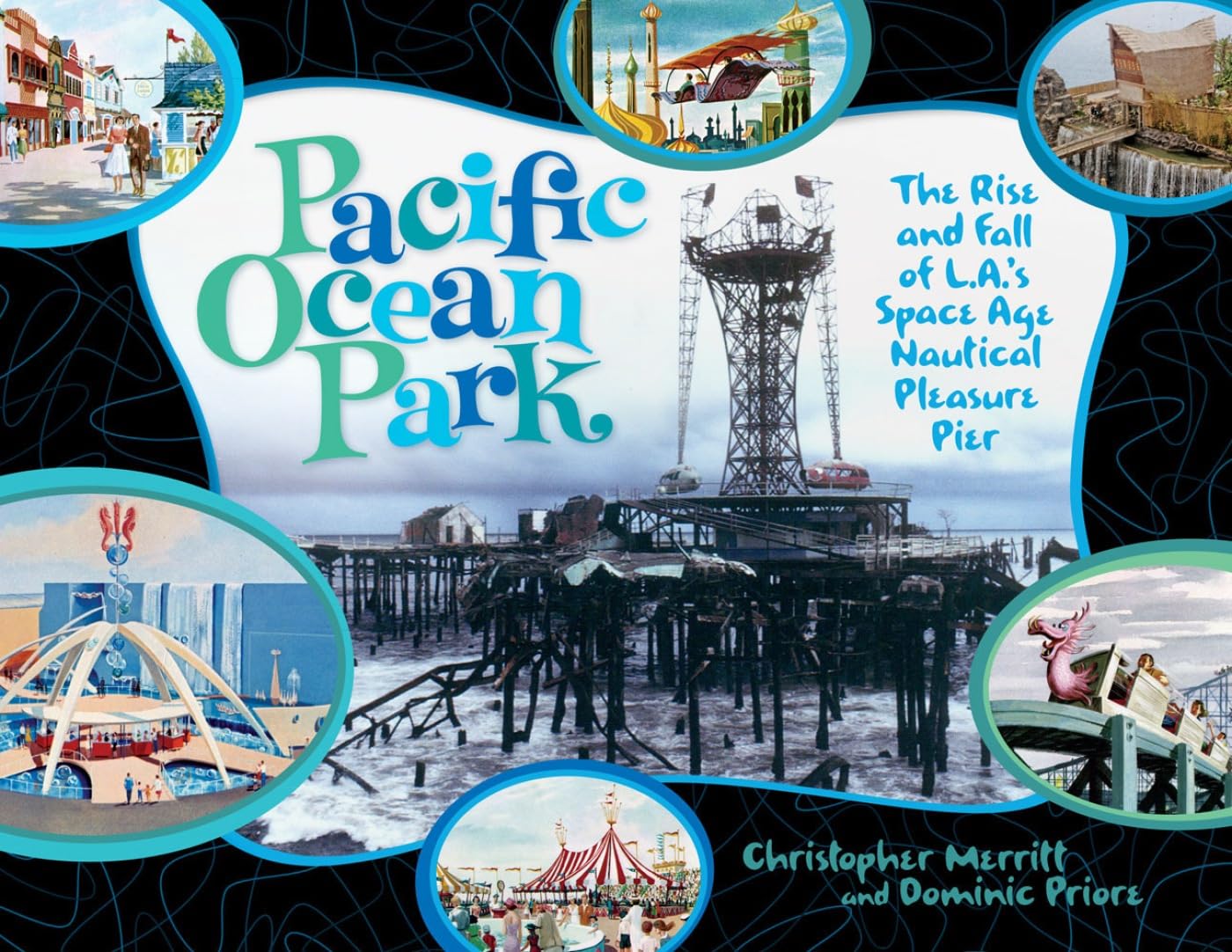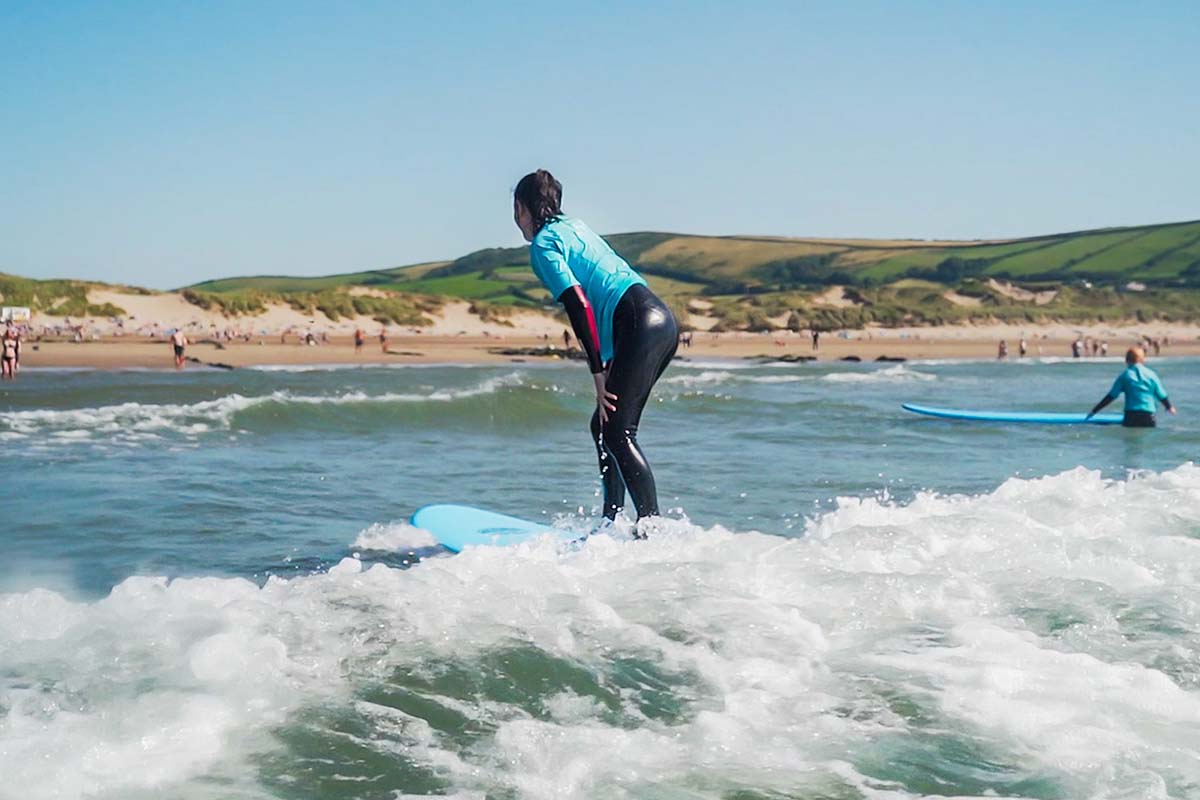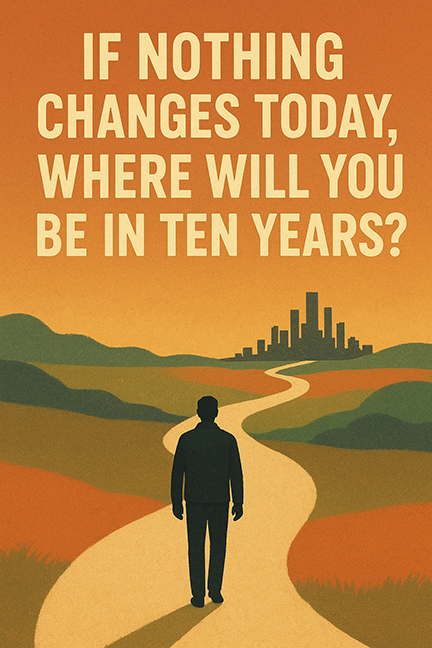 Take a moment and a deep breath. Look at your life right now. If nothing changes today, where will you be in ten years? Be honest with yourself. The words that follow are meant to be a wake-up call. You can either read them and be motivated to act, or you can scroll on and spend the next decade repeating the same year, over and over again.
Take a moment and a deep breath. Look at your life right now. If nothing changes today, where will you be in ten years? Be honest with yourself. The words that follow are meant to be a wake-up call. You can either read them and be motivated to act, or you can scroll on and spend the next decade repeating the same year, over and over again.
This past weekend, I saw a man spend ten minutes trying to get approval from someone who clearly didn’t care. He kept seeking validation that was never going to come. This kind of interaction is everywhere, and maybe you’ve experienced it yourself.
Here’s a 24-hour challenge for you: For the next day, do not explain yourself to anyone who disrespects your boundaries. They might say you lack confidence, but that’s not the truth. You were likely conditioned to be predictable and easy to manage, learning to over-apologize, over-explain, and neglect your own standards.
However, Stoic philosophy teaches us that we always have control over our judgments, choices, and actions. Epictetus called this the “dichotomy of control.” So, the real question isn’t “Who’s holding me back?” but “What am I still giving away that belongs to me, my time, my attention, my self-respect?”
Today, I want to share eight Stoic principles for building an unshakable presence. These aren’t just empty words; they’re actionable strategies you can use immediately.
Principle #1: Cultivate Your Inner Identity.
There are two voices inside everyone. One is submissive, constantly explaining and apologizing for its existence. The other speaks with authority and conviction. Every day, every decision you make is a vote for either your weak self or your strong self.
Marcus Aurelius once wrote, “You have power over your mind, not outside events. Realize this, and you will find strength.” Think about that. Your power isn’t with your boss, your critics, or your past. It’s in your mind and your choices. To get started, try this five-minute exercise called the “Identity Ledger.” Get a piece of paper and draw two columns. On the left, list behaviors that make you feel small. On the right, list behaviors that make you feel strong. Be completely honest. The left side might include things like “apologizing too much” or “saying yes when you mean no.” On the right, you’ll write the replacements, such as “calmly stating my boundary once” or “saying no without guilt or explanation.” This simple exercise is a way to rewire the inner voice you’ve been listening to for years.
This is about reclaiming the authority you’ve been giving away. Every time you compromise too much, you teach the world that your standards are unimportant. And every time you enforce a boundary, you remind yourself that your worth is non-negotiable.
Here’s a simple rule that will change everything: Never be kinder to a stranger than you are to yourself. Read that again and let it truly sink in. Most people are harsh on themselves but are gentle with everyone else’s demands. That ends now. When you feed your stronger self, you stop apologizing for your existence and stop over-explaining things. You begin to walk into a room with a quiet confidence. And when you do, people notice. They listen and respect you, not because you’re the loudest, but because you speak with truth. So ask yourself today: Which voice will I feed?
Principle #2: Build the Fortress Mind
Your mind is either your greatest ally or your most dangerous enemy. For many people, it’s in a constant state of chaos. Every criticism feels personal, every setback cuts too deep, and every obstacle throws you off balance. But listen closely: your emotions were never meant to be in control. They are meant to provide information, nothing more.
Anger isn’t a command; it’s a signal that a boundary has been crossed. Pain isn’t a punishment; it’s proof that someone has shown their true nature. Fear isn’t a weakness; it’s the edge of growth, calling you to move forward. This is the essence of a fortress mind, a mind that doesn’t break under pressure but uses that pressure to sharpen its focus.
Think of Marcus Aurelius, an emperor surrounded by war, betrayal, and plagues, who still wrote to himself that “a wise man acts in the present, shaping the future.” He didn’t waste time complaining; he processed, observed, and acted. That is the fortress mind at work.
A modern example is Warren Buffett. When the market crashes and billions are lost, he doesn’t panic. He waits, he studies, and he acts when everyone else is ruled by fear. That’s why he wins while others fail. So, here’s your training: When life shakes you, don’t ask, “Why me?” Ask, “What is this teaching me?”
- A friend betrays you? Lesson: Trust must be earned.
- Your boss criticizes you unfairly? Lesson: Their words reveal them, not you.
- You fail at a project? Lesson: The system needs to be improved, not abandoned.
Every event is an opportunity for wisdom. Nothing is wasted unless you waste it. Building a fortress mind doesn’t mean you stop feeling; it means you stop being controlled by your feelings. You still feel, but now, emotions serve you instead of enslaving you.
Most people live in glass houses that shatter with a single insult or failure. You will build stone walls, steel gates, and towers of perspective. When storms come, and they will, you will still be standing. So write this into your identity: My mind is a fortress; my thoughts are my tools. Once your mind is unshakable, the world can no longer decide your destiny. You do.
Principle #3: Master the Art of Silence
The loudest person in the room is usually the weakest.
He talks because he’s nervous. He explains because he’s uncertain. He argues because he’s desperate for validation. You, on the other hand, will be the opposite.
Silence isn’t an absence of words; it’s a form of power. When you stop explaining yourself, a shift occurs. People begin to respect you more. They stop questioning your decisions and testing your boundaries because they realize you don’t need their approval or permission.
Think about the most influential leaders you know. Do they constantly explain themselves or justify every choice? Of course not. They make decisions and move forward. They set boundaries and hold them. They speak only when it truly matters. As Machiavelli wrote, “The lion does not need to roar to be respected.” Silence makes you intriguing. When people can’t easily read you, they assume you’re more strategic than you are, granting you influence you never even claimed.
But here’s the key: when you do speak, your words must carry weight because you’ve been selective. People will listen carefully because you don’t waste words, and every sentence lands with force. This is the art of strategic silence.
Imagine this:
- Someone unfairly accuses you. The weak person rushes to defend themselves. You simply look at them, calm and unmoved.
- Someone demands an answer you don’t want to give. The weak person explains endlessly. You say one word.
- Someone tries to bait you into drama. The weak person dives in. You walk away.
What happens? They get confused by your calm and escalate, revealing their true character while you remain untouchable. Your silence also protects you from regret. How many relationships and reputations have been destroyed because someone couldn’t stop talking, because they reacted instead of observing? That won’t be you. You will fill a room with your presence, not with noise. You will save your energy for action, not for arguments. Let others shout and scramble to be heard. You will master silence, and through it, you will command respect.
Say this with me: My silence speaks louder than their noise.
Principle #4: Turn Setbacks into Strength
Life will test you. Your closest friend may betray you. Your business partner might choose money over loyalty. Someone you trust may let you down when the stakes are highest. Most people collapse under disappointment. They replay conversations, endlessly asking, “How could this happen to me?” They waste months searching for reasons instead of using the lesson.
You will be different because disappointment isn’t a wound; it’s information. It’s a revelation of character. It is the truth, stripped bare. As Seneca wrote, “Fire tests gold, adversity tests strong men.” Every setback is proof that life is refining you, not destroying you.
Think about Walt Disney. He was fired from a newspaper job because his editor said he lacked creativity. Most people would have quit. Disney turned that humiliation into the fuel that built an empire, a castle that millions now walk through every year, built on the ashes of rejection. Or consider Steve Jobs, who was publicly humiliated and thrown out of the company he founded. But instead of breaking, he started over and returned years later to transform Apple into one of the most powerful companies in the world. Disappointment can either destroy you or elevate you. The choice is yours.
Here’s the Stoic approach:
- When betrayal strikes, don’t waste energy on anger. Ask, “What did this reveal about them? What system do I need to change so this doesn’t happen again?”
- When failure hits, don’t sink into shame. Ask, “What weakness in my process just came to light? How can I rebuild it to be stronger?”
Sometimes the right response is to simply cut ties, with no explanations and no second chances, like removing poison from the body. Other times, the right move is patience. File away the betrayal, remember it, and wait for the perfect moment to turn their weakness into your advantage. Either way, you win because setbacks aren’t curses. They are proof that you are rising. No one envies the person who is stuck at the bottom. People only betray you when you’ve become someone worth envying. So, wear every disappointment as a badge of honor. Let it sharpen you, harden you, and forge you.
Say it now: I turn pain into power.
Principle #5: Silence Your Critics with Excellence
Weak people argue with their critics. They defend, explain, and beg to be understood. Every word they waste gives their enemy power. You will not make that mistake. The truth is, critics aren’t your problem; your response to them is. Marcus Aurelius reminded himself daily: “The opinion of 10,000 men is of no value, if they do not know what they are talking about.” Why should you debate people who have never built, endured, or achieved anything?
Look at Cristiano Ronaldo. Millions have mocked, hated, and booed him, but he never wasted energy arguing. He responded with goals, trophies, and records that speak louder than any insult. Or think of Oprah Winfrey. She was told she wasn’t fit for television. Imagine if she had wasted time trying to convince the doubters. Instead, she built a media empire that silenced them forever.
Excellence ends arguments. Results close mouths. Success turns doubt into envy. Here’s your rule: every minute you spend debating is a minute stolen from building. Every hour you waste on defending yourself is an hour you could have invested in your own growth. So choose the better weapon. Don’t talk, deliver. Don’t argue, execute. Don’t explain, win. As you rise higher, your critics won’t disappear; they will multiply. But so will your results. And when your results are undeniable, criticism becomes irrelevant. Think about it: the person who builds an empire doesn’t argue with someone who has never laid a single brick. The person who commands respect doesn’t explain themselves to those who have commanded nothing.
You have a choice: will you play the game of noise or the game of results?
Here’s your affirmation: I silence critics with success, not arguments. Let your work do the talking, and let your actions be so loud that they drown out the complaints of others. In the end, your critics’ voices will fade, but your excellence will remain.
Principle #6: Control Your Reputation
Every person carries a shadow that enters a room before they do. It’s a presence that speaks louder than any introduction, shaping how people treat them before a single word is even spoken. That shadow is your reputation. Most people leave their reputation to chance, letting it be defined by gossip, accidents, or the opinions of others. But if you seek power and respect, you will take control of it.
Machiavelli wrote, “Men judge more by the eye than the hand.” This means people decide who you are based on what they see, long before they understand what you do. So what do people see when you enter a room? Do they see a person who is hunched over, apologetic, and hesitant? Or do they see a person who walks with calm certainty, who moves with purpose, and who stands like they belong everywhere they go?
Think about Marcus Aurelius. As the Emperor of Rome, he didn’t need a crown or fancy robes to command respect. His composure in chaos and his calm in crisis were his true armor, which was his reputation. A modern example is Dwayne “The Rock” Johnson. When he enters a room, people feel his presence before he speaks. His reputation is built on discipline, consistency, and energy, and he’s cultivated it deliberately and protects it fiercely. Your reputation is not an accident; it is a tool. It can shield you or expose you, open doors or close them. Here’s how you train it:
- Stand with presence: Shoulders back, eyes steady, no fidgeting.
- Speak with weight: Use fewer words, a lower tone, and a slower pace.
- Be consistent: Be the same person in private as you are in public.
- Embrace mystery: Don’t tell everyone your plans or explain your every move. Let them wonder. Curiosity will work in your favor.
Once your reputation is solid, it protects you even when you’re not there. People will think twice before testing you and will measure their words before speaking your name.
Say this now: I control my reputation; my presence commands respect. Your reputation is your armor. Build it, shape it, and guard it. In a world where people are judged in seconds, it may be your greatest weapon.
Principle #7: Make Excellence a Daily Discipline
Excellence isn’t a single event. It’s not a performance, a speech, or one moment in the spotlight. Excellence is a habit, a ritual, a discipline you practice every single day. Most people believe excellence only appears in big moments, like a job interview or an important meeting, but the truth is that it’s built in the unseen hours, when no one is watching and when it would be easier to choose comfort.
Seneca wrote, “We are always complaining that our days are few, and acting as though there will be no end of them.” He understood that the way you spend your ordinary days determines your extraordinary ones. Think about Kobe Bryant. The world saw his championships, his trophies, and his glory. But what truly created that success? The 4 a.m. workouts, the thousands of shots taken in empty gyms, and the relentless choice of discipline over comfort. Or consider Jocko Willink, the former Navy SEAL commander, who wakes up at 4:30 a.m. every day. Why? Not because it’s glamorous, but because it’s about discipline. When you do what you say you will do, especially when it’s hard, you become unstoppable.
So here’s your training: every day, identify the one task you least want to do and do it first. That single habit will rewire your mind to follow your purpose, not your feelings. Excellence is found in the small details, how you handle minor annoyances, how you treat people who can’t do anything for you, and how you show up when nobody is keeping score.
Comfort is the enemy. Comfort makes you predictable, predictability makes you manageable, and manageable people are forgotten. You are not here to be forgotten. So build your discipline. Wake up when you said you would. Train when you don’t feel like it. Keep promises to yourself, even when it’s inconvenient. Every time you choose discipline over comfort, you forge strength. Every time you choose action over an excuse, you prove to yourself that you are in control.
Say it now: Discipline is my ritual. Excellence is my standard. Because when life tests you, and it will, it’s not talent that will carry you through. It’s the discipline you practiced when no one was watching.
Principle #8: Become Unstoppable
To be unstoppable doesn’t mean nothing can ever hurt you; it means nothing can break you. You will still feel pain, but it won’t own you. You will still face fear, but it won’t trap you. You will still hear criticism, but it won’t define you. The unstoppable person is free, free from the need for approval, free from the weight of other people’s opinions, and free from the chains of their own excuses.
Marcus Aurelius said it best: “He who conquers themself is the mightiest warrior.” Self-mastery is the final frontier. When you govern your thoughts, your reactions, and your discipline, the world has no weapon left to use against you.
Look at Nelson Mandela. After 27 years in prison, he could have emerged broken and bitter. Instead, he walked out stronger, a leader, and unstoppable.
Or think of my friend of over 30 years, Bob Bowers, also known as One Tough Pirate. He has lived with HIV/AIDS for 42 years, and at 62, he is still fighting with faith, fire, and grit. His book, The True Tale, and a docuseries, The Gospel, are coming out this spring. This isn’t just about survival; it’s his legacy. He felt like he lost his future at a young age, yet he discovered his truth. As he would say, “What I see is a Peaceful Warrior, still standing, still fighting, still choosing faith over fear.“ That is what it means to be unbreakable.
So what does this look like for you? It means no more waiting for permission or hoping the world will recognize your worth. No more shrinking yourself so others feel comfortable. The unstoppable person chooses their mission and moves forward. They build when others complain. They rise when others quit. They hold their ground when others retreat. Yes, people will test you. They will look for cracks and try to press every button they can find. Let them. They will exhaust themselves against a wall they cannot move because you have built your new identity, your fortress mind, and your strength and discipline. You are not who you were. You are who you choose to be every single day.
Say it with me: I am unbreakable. I am unbending. I am unstoppable.
The moment you choose discipline over comfort, courage over fear, and purpose over approval, that is the moment you become untouchable. This is your time. This is your proof. This is your life. Take it.
Conclusion
People, the world doesn’t hand out respect; you have to claim it by how you show up, especially when no one is watching. From this moment on, do not explain yourself to people who disrespect your standards. Do not give in to your emotions. Do not let others define your identity.
You will be challenged today, maybe even in the next hour. Someone will test the old you. Just breathe, observe, and choose. One calm boundary. One decisive “no.” One difficult task done first. That’s how being unstoppable begins, not with noise, but with a single disciplined act.

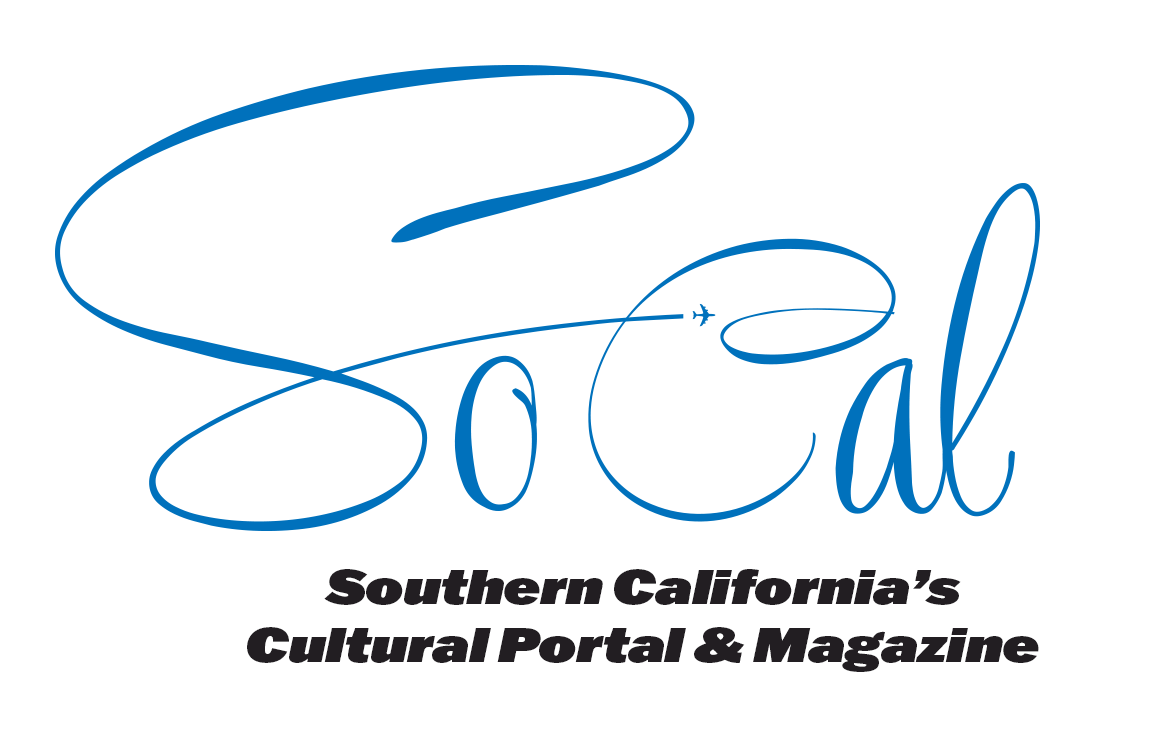
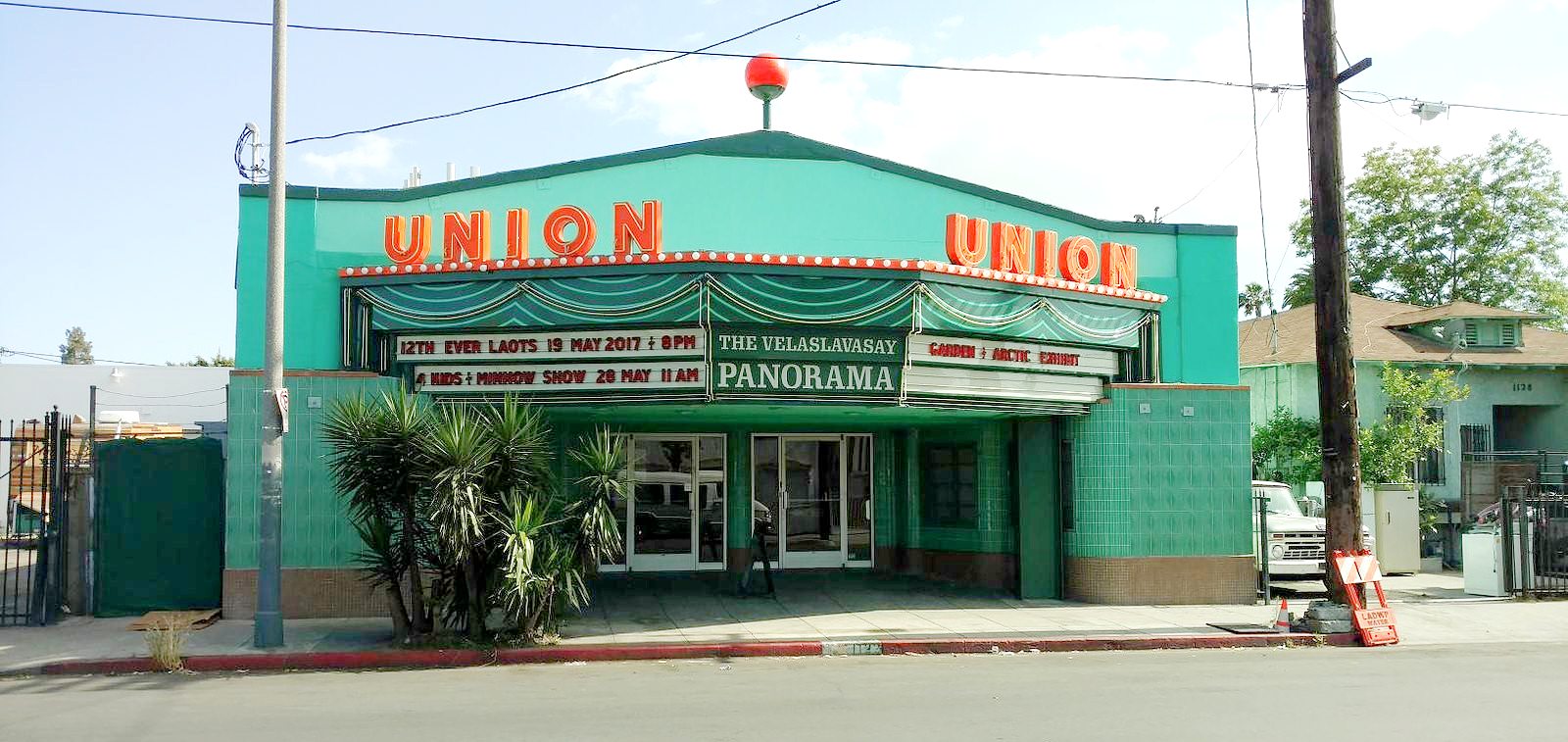



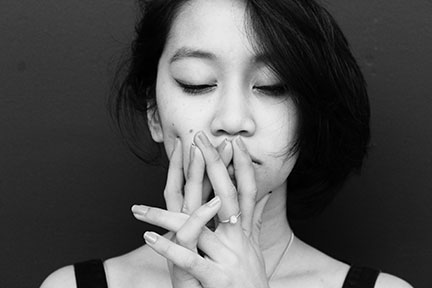
 Take a moment and a deep breath. Look at your life right now. If nothing changes today, where will you be in ten years? Be honest with yourself. The words that follow are meant to be a wake-up call. You can either read them and be motivated to act, or you can scroll on and spend the next decade repeating the same year, over and over again.
Take a moment and a deep breath. Look at your life right now. If nothing changes today, where will you be in ten years? Be honest with yourself. The words that follow are meant to be a wake-up call. You can either read them and be motivated to act, or you can scroll on and spend the next decade repeating the same year, over and over again.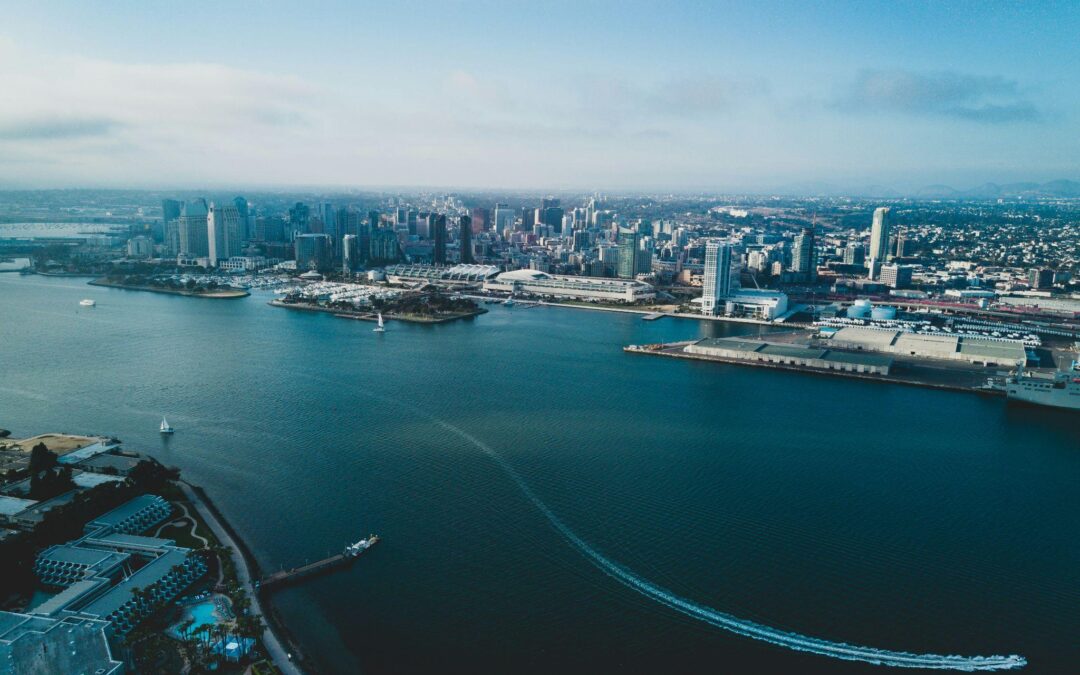
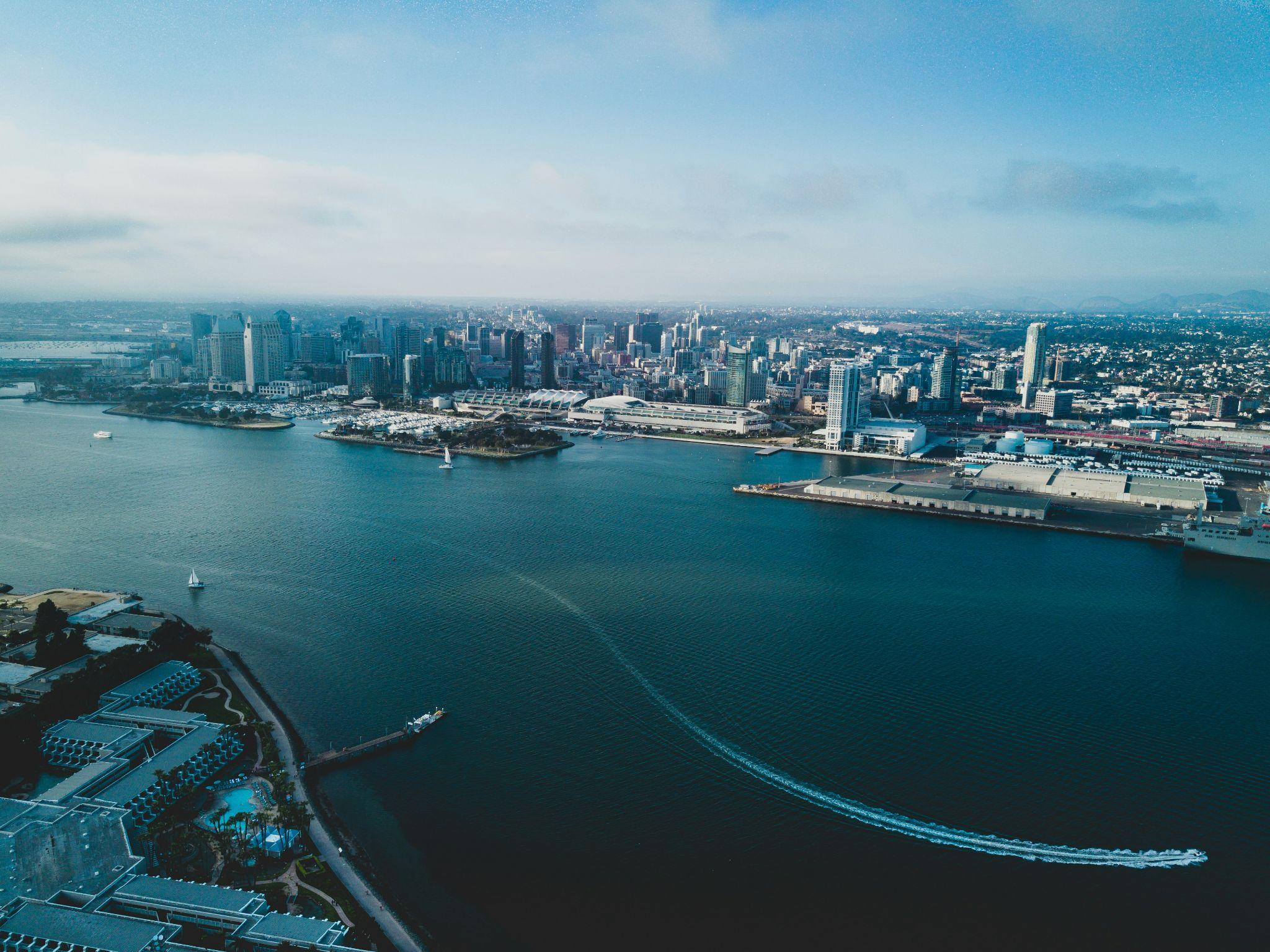
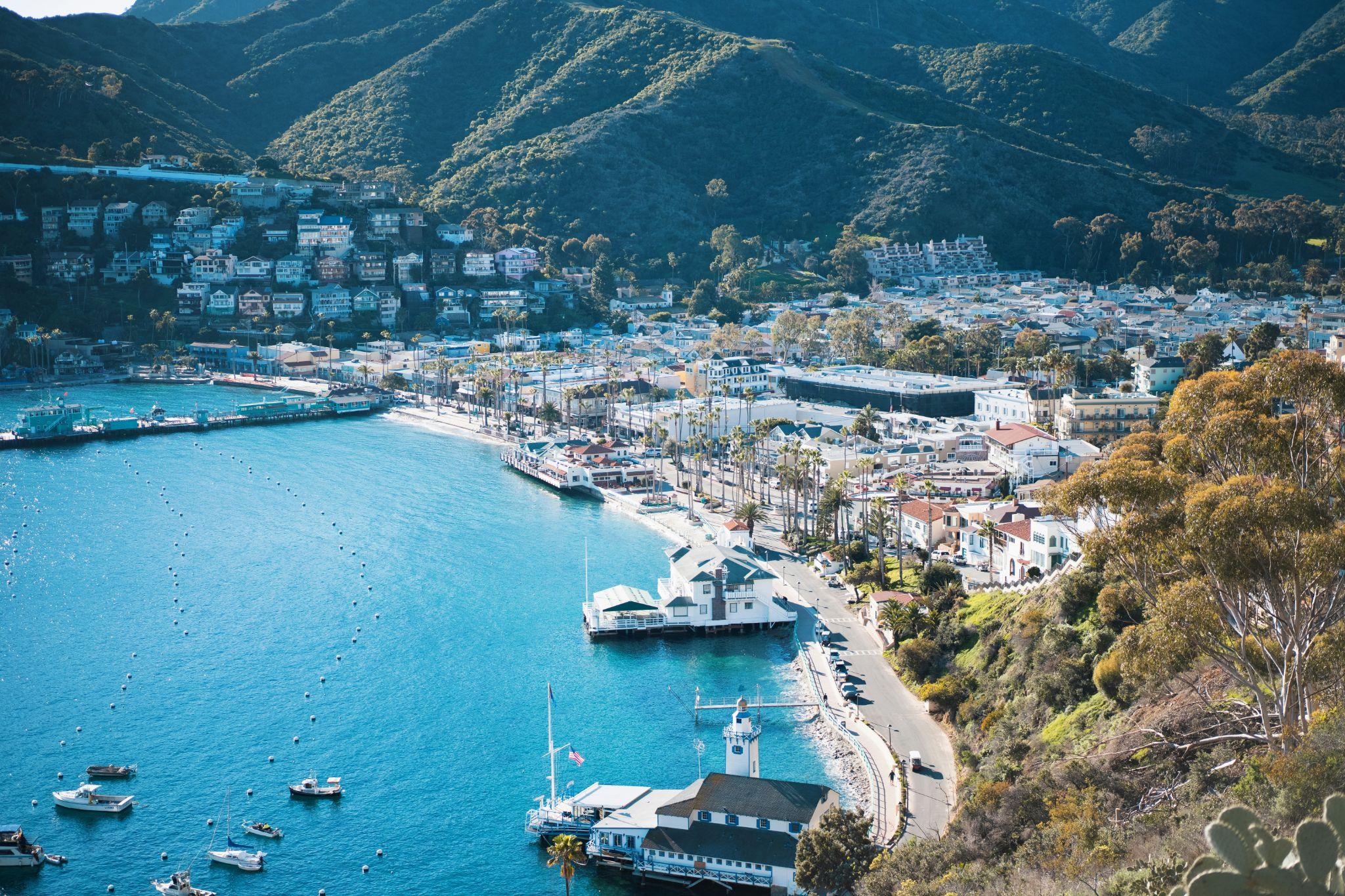
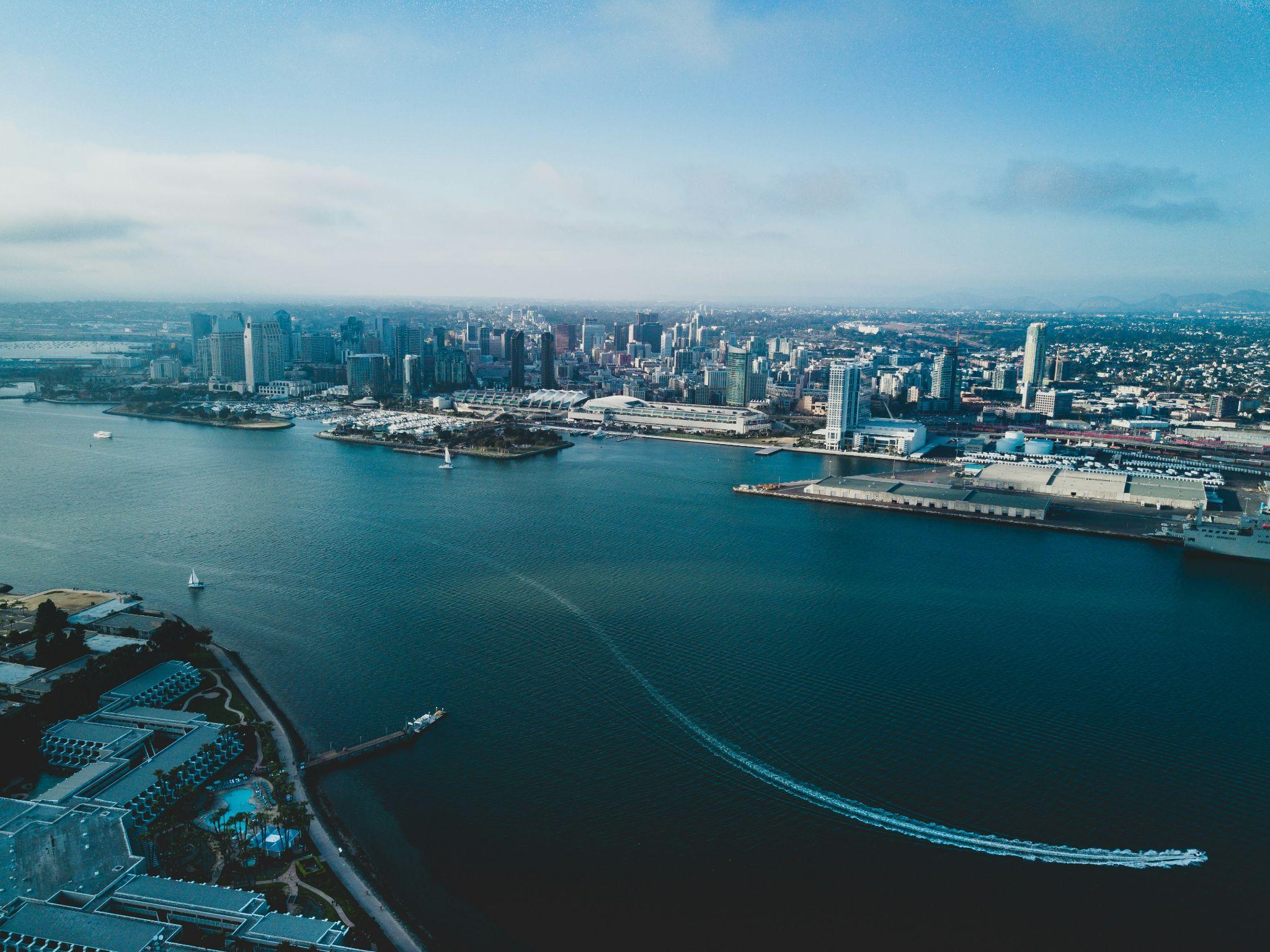
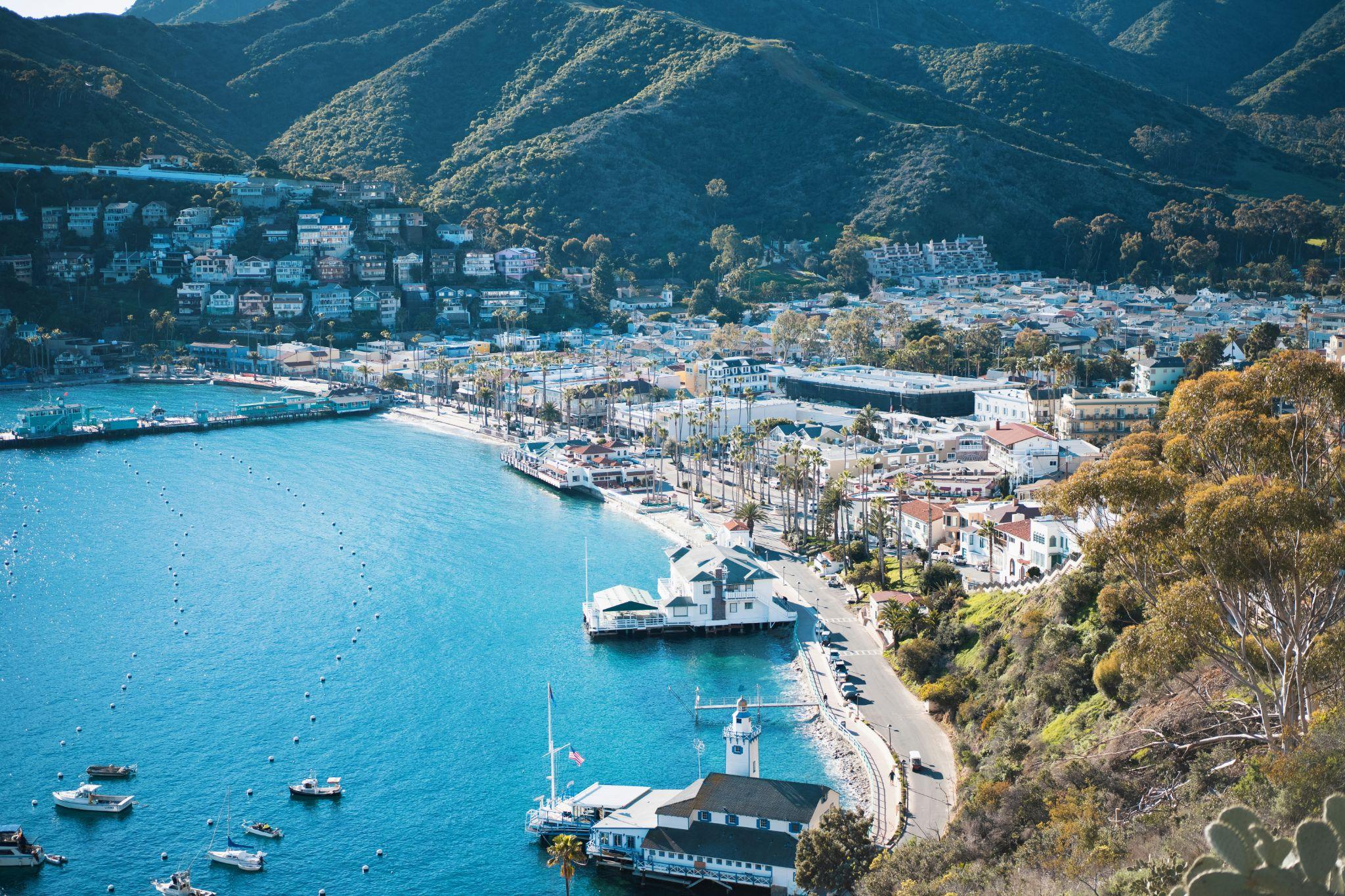
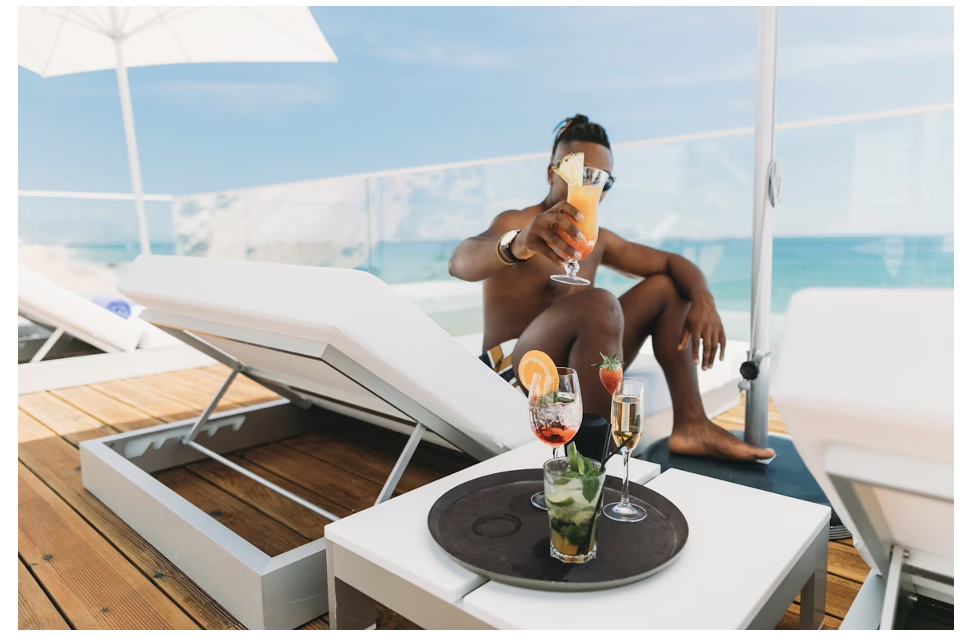
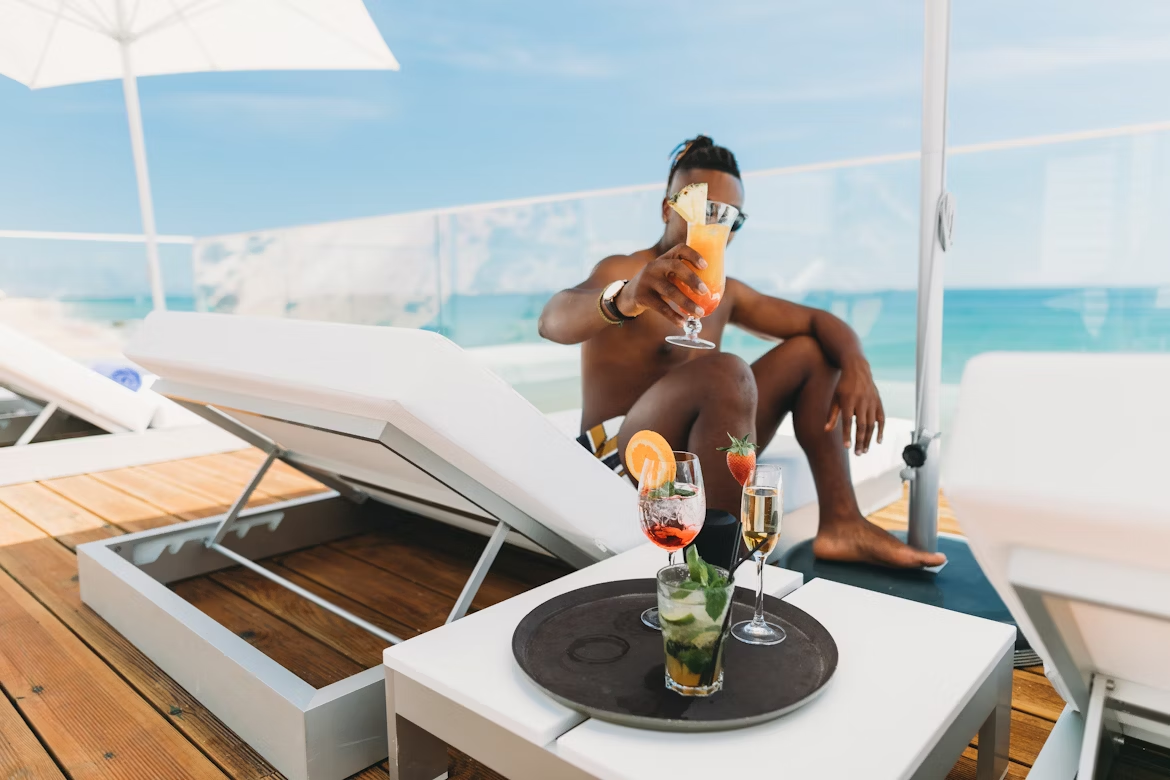



 About the Author
About the Author
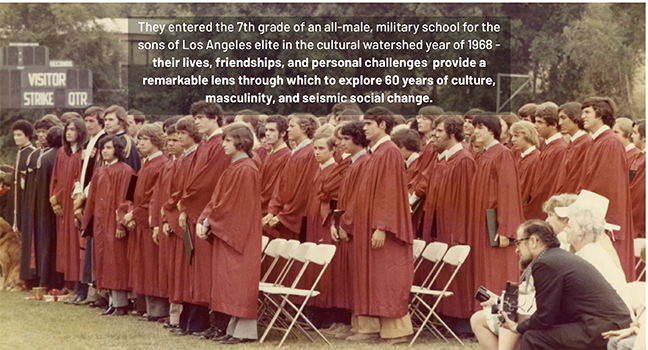
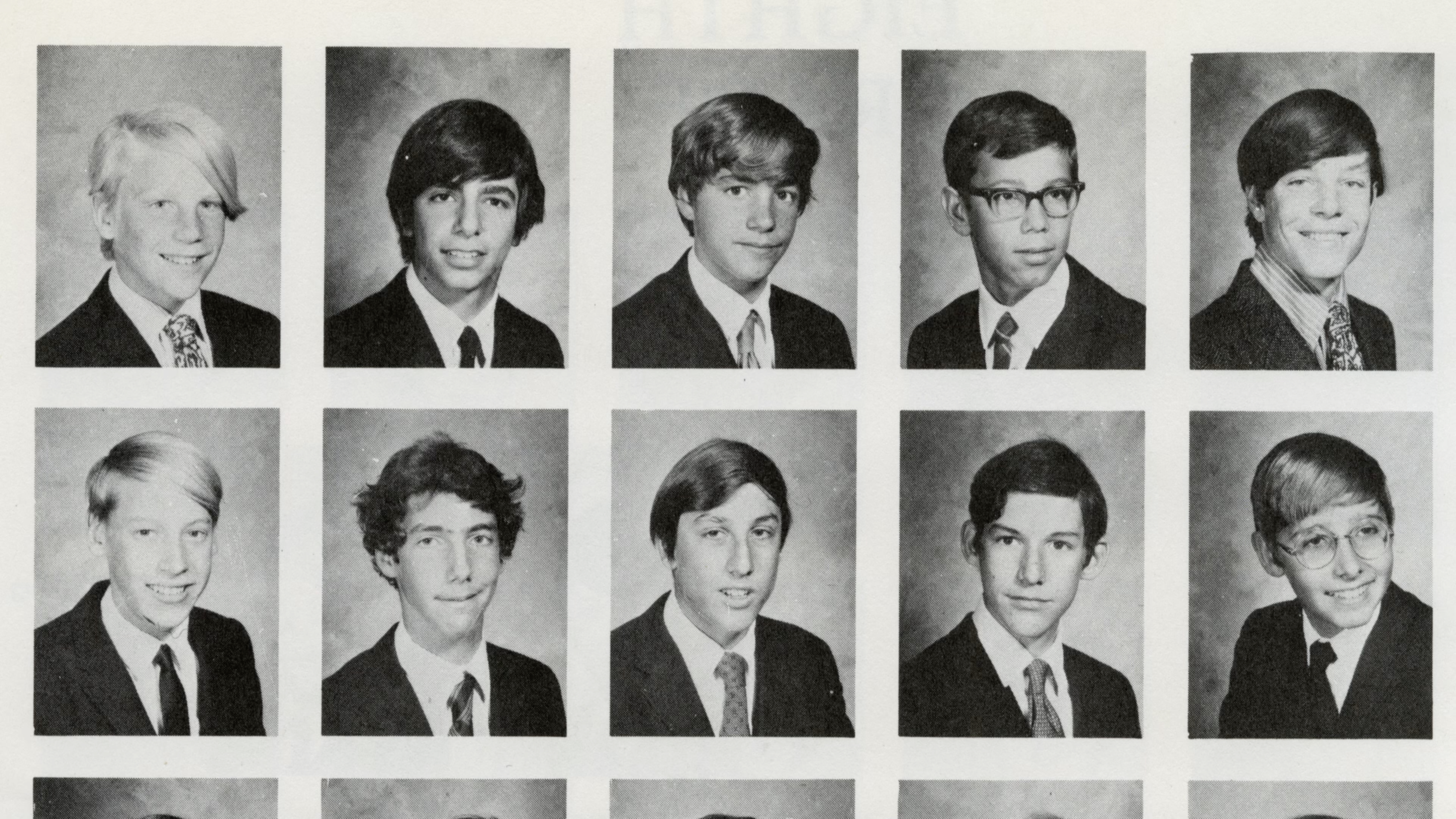
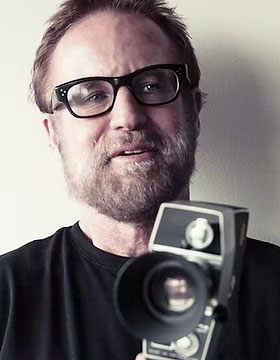
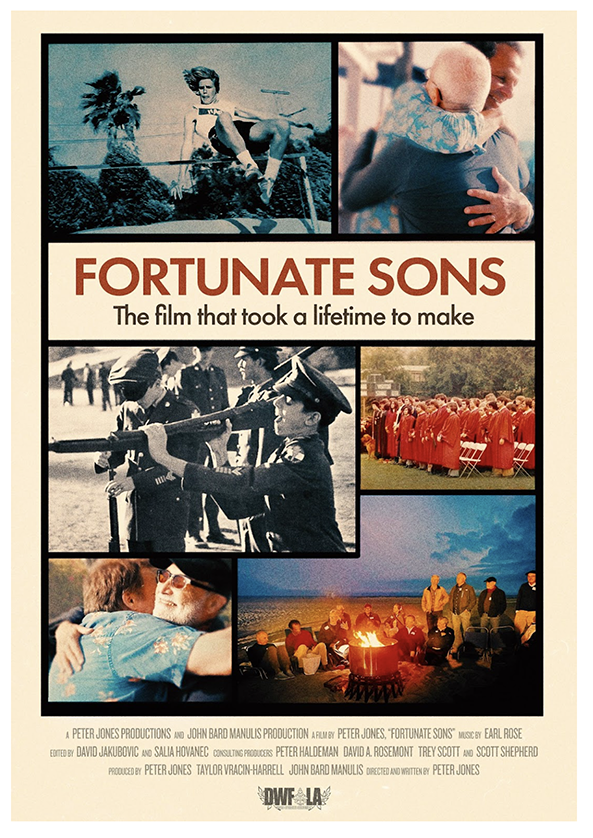
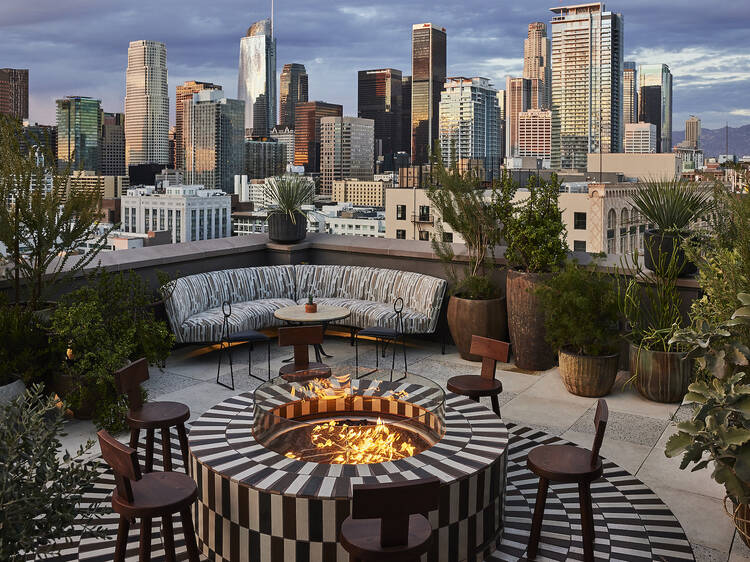

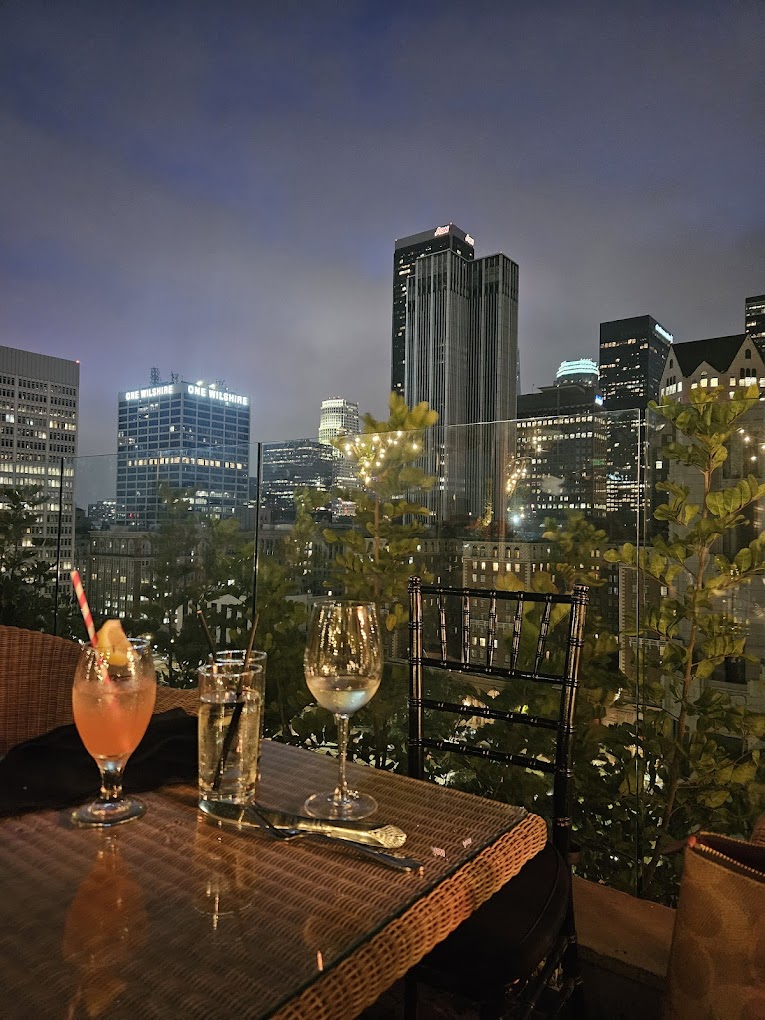
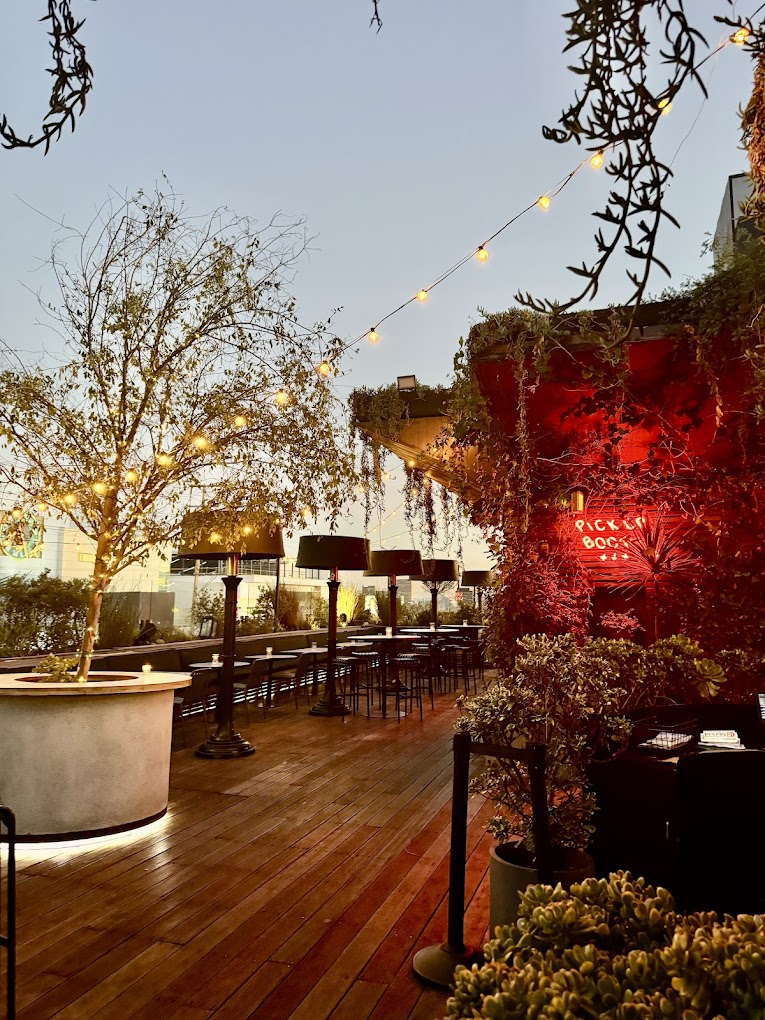
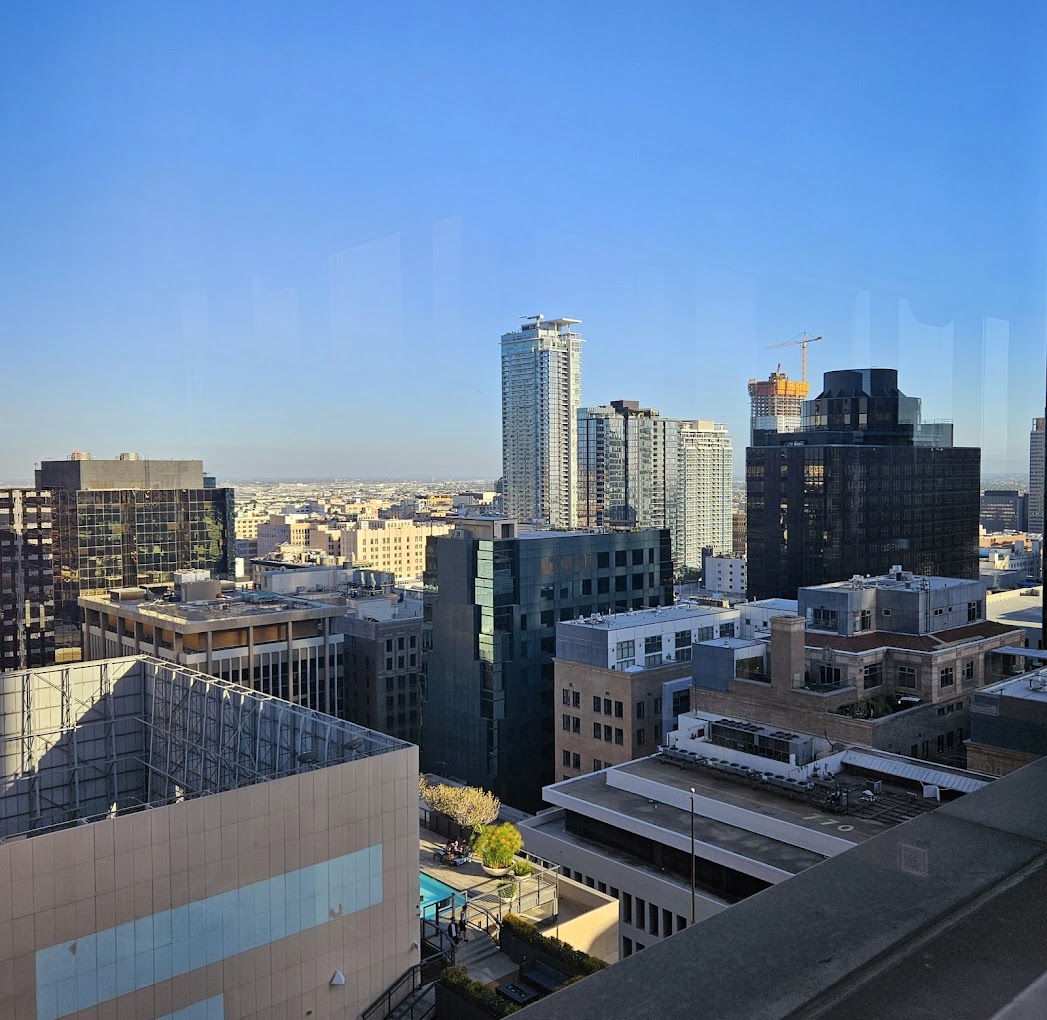
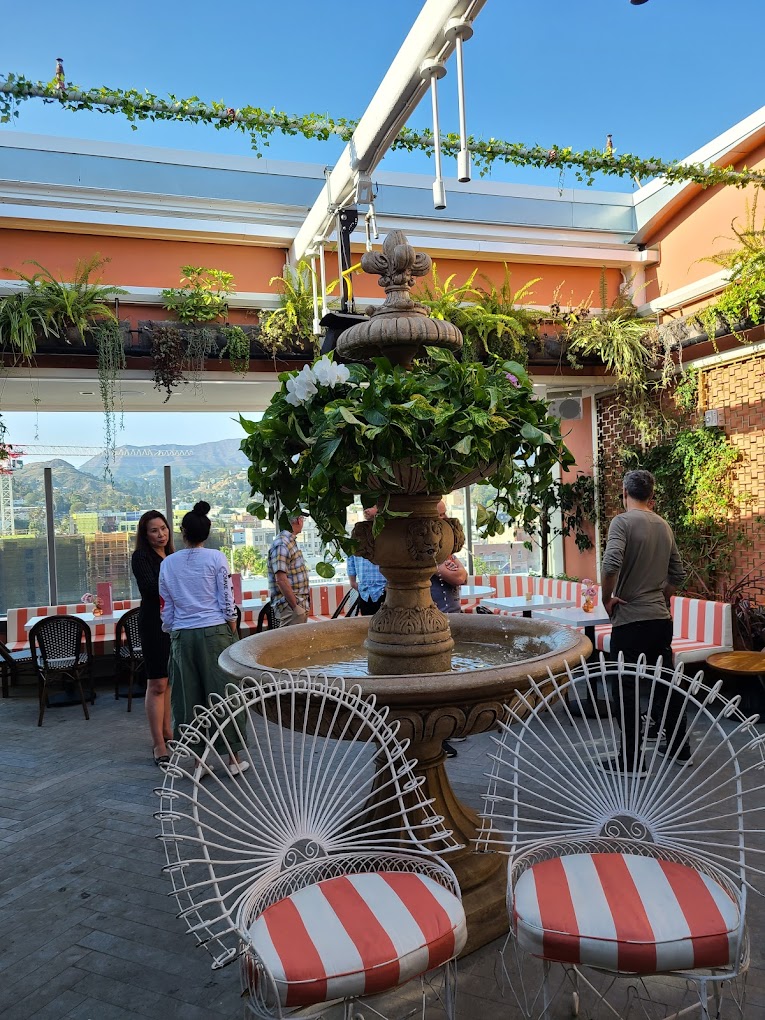
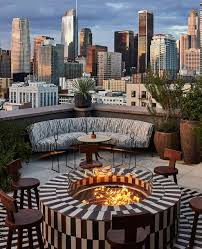

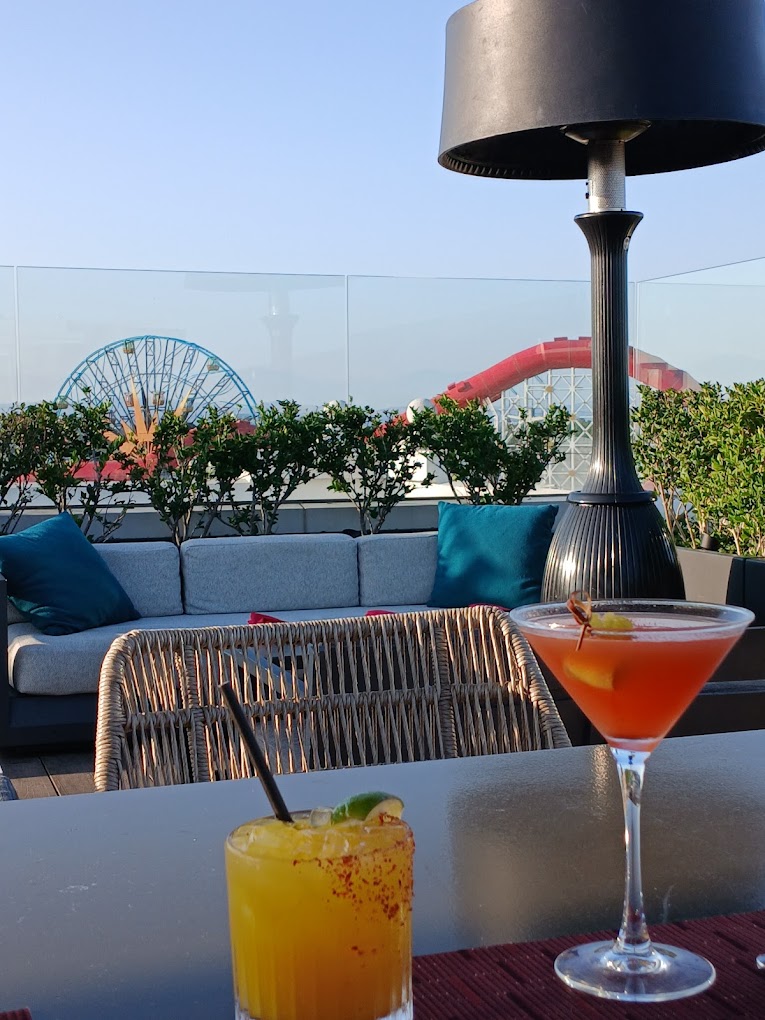





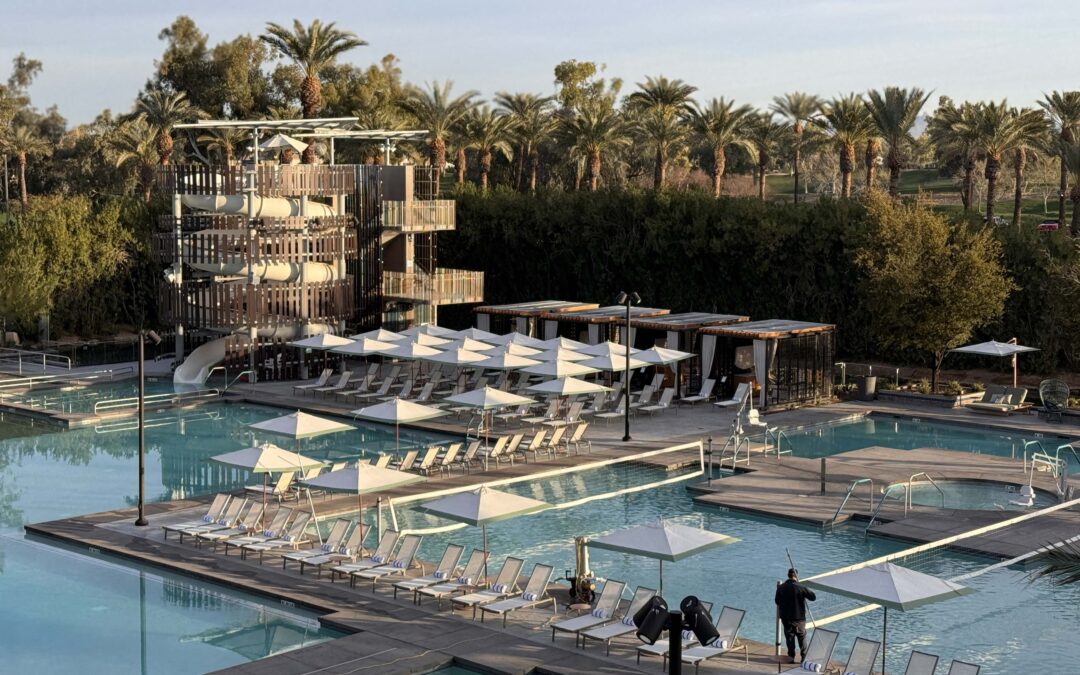




 …and, if airports, luggage, passports, and in-flight meals have no appeal, there is always domestic travel.
…and, if airports, luggage, passports, and in-flight meals have no appeal, there is always domestic travel. Fear of Flying : a sidebar
Fear of Flying : a sidebar

